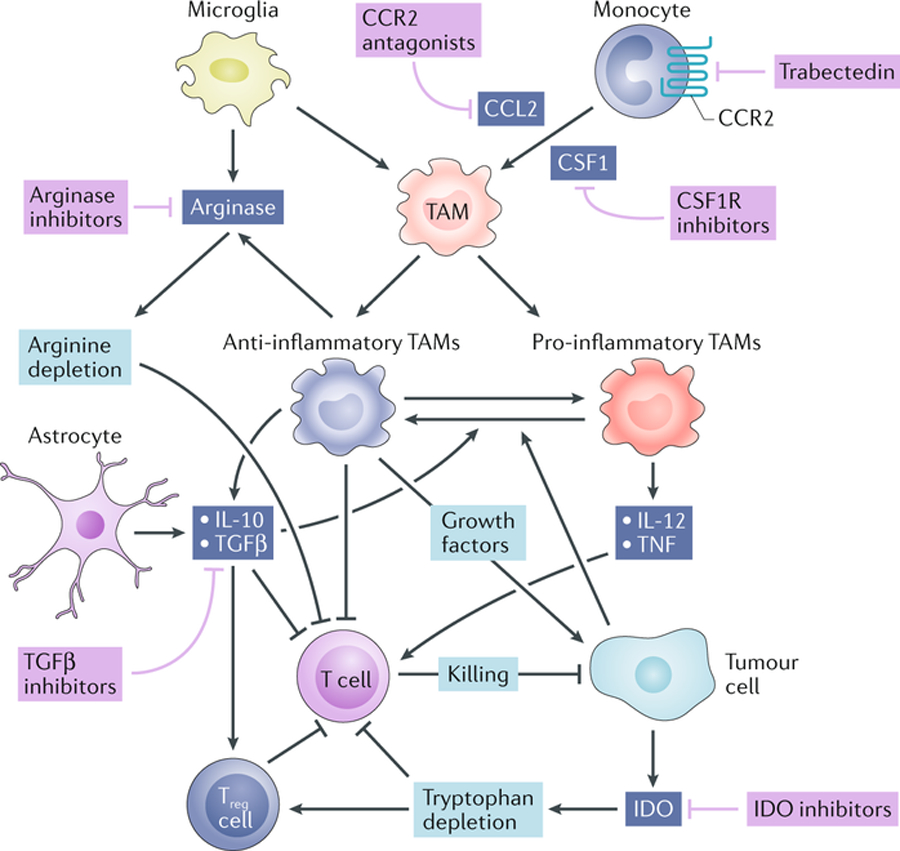Fig. 2. Immunosuppressive mediators and therapeutic targets in the brain tumour microenvironment.

Tumour-associated macrophages (TAMs) play a central role in the brain tumour microenvironment. TAMs arise from circulating monocytes and, to a lesser extent, microglia. The recruitment of monocytes and their differentiation into TAMs is supported by the chemokine CC-chemokine ligand 2 (CCL2) and the cytokine colony-stimulating factor 1 (CSF1). TAMs can be activated towards either an inflammatory or an anti-inflammatory phenotype. Inflammatory TAMs inhibit tumour growth and support T cell-mediated tumour killing through the production of inflammatory cytokines such as IL-12 and tumour necrosis factor (TNF). Anti-inflammatory TAMs and astrocytes produce IL-10 and transforming growth factor β (TGFβ), both of which inhibit T cell effector functions and inflammatory TAM activities[45]. Anti-inflammatory TAMs and microglia produce arginase, which inhibits T cells through arginine depletion from the tumour microenvironment. Gliomas produce indolamine 2,3-dioxygenase (IDO), which acts to recruit regulatory T (Treg) cells and inhibit effector T cells through tryptophan depletion. Potential therapeutic strategies to target these immunosuppressive pathways are shown in purple.
